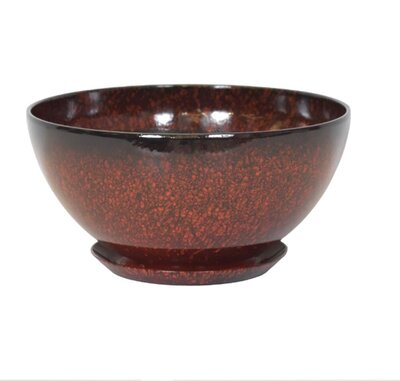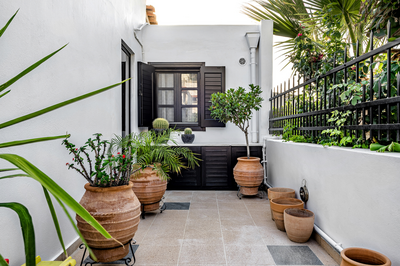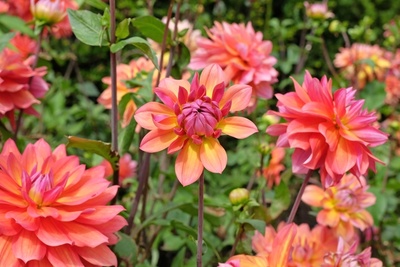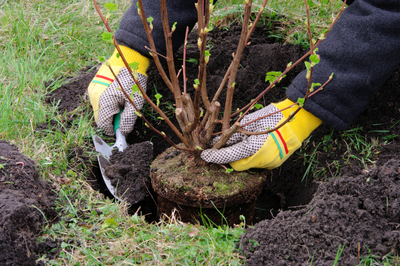Repotting houseplants is essential for healthy growth and thriving indoor greenery. Repotting is a fundamental aspect of caring for houseplants, ensuring their well-being and fostering lush growth. As plants mature, they outgrow their existing containers, becoming root bound, which hampers their ability to access essential nutrients and moisture.
Repotting not only provides plants with fresh soil but also creates ample space for roots to expand, promoting healthier and vibrant foliage.

Why repotting houseplants is crucial
Repotting houseplants is a pivotal practice that helps sustain their optimal health and vitality. As plants grow, their root systems become compacted within the confines of their pots. This phenomenon is known as becoming root bound. The roots coil and intertwine, eventually forming a dense mass that restricts nutrient absorption and impedes water drainage.
Consequently, the plant’s growth may stagnate, and it becomes more susceptible to diseases and pest infestations. By repotting, you grant your green friends the opportunity to expand their root systems, accessing more nutrients and water, and ultimately thriving in their indoor environment.
Recognising the right time for repotting houseplants
Observing your houseplants for certain signs will help you determine when it is time for repotting. If you notice roots protruding from the drainage holes, or if the plant becomes top-heavy and prone to tipping over, it is an indication that the roots have outgrown the current pot. Additionally, check the soil’s condition – if it dries out quickly and appears crumbly, or if you find the plant needing frequent watering, it might be root bound.
Keep a close eye on stunted growth or yellowing leaves because these are further indications that repotting is necessary. As a general rule, most houseplants benefit from repotting every one to two years.
Selecting the perfect new home

When it is time to repot, choosing the right pot is essential to ensure your plant’s well-being. As a plant parent, you want your houseplants to have ample space to grow but not get overwhelmed by a container that is too large. When selecting a new pot, opt for one that is only slightly larger than the current one, typically one to two inches wider in diameter. This will give the roots enough room to grow without causing waterlogging or overcompensating for too much soil.
Ensure the pot has drainage holes because proper drainage prevents water from pooling and causing root rot. Ceramic, plastic or terracotta pots are popular choices, each with their advantages in terms of moisture retention and breathability.
The repotting process
Repotting houseplants requires a careful approach to ensure a successful transition. Before repotting, water the plant thoroughly a day or two in advance. Hydrated roots are more pliable, making it easier to remove the plant from its current pot.
Place a layer of fresh potting mix at the bottom of the new pot. The mix should be suitable for the specific type of plant you are repotting, offering the right balance of nutrients and aeration. Gently remove the plant from its old container, being careful not to damage the roots. Loosen the root ball slightly with your hands or a tool, allowing the roots to quickly adapt to the new soil.
Place the plant in the centre of the new pot, ensuring it sits at the same level as before. Add more potting mix around the sides, gently pressing it down to eliminate air pockets. After repotting, give the plant a thorough watering to help settle the soil around the roots. Avoid overwatering at this stage because the plant might be in a state of shock and will need time to adjust.
Keep your newly repotted plant in a shaded area for a few days to reduce stress and aid in the acclimatisation process. Avoid placing the plant in direct sunlight immediately after repotting because this can cause it additional stress. Monitor its progress and resume the regular care routine once the plant shows signs of settling in its new home.
Regular repotting, coupled with attentive plant care, will reward you with flourishing houseplants that brighten your living spaces and purify the air around you.










